
Find Arctic Sand Dunes in This Wild National Park
Alaska's Kobuk Valley National Park is the least visited national park—and is home to the largest active sand dunes in the Arctic.
Location: Alaska
Established: December 2, 1980
Size: 1,750,000 acres
"Now we were alone between fringes of spruce by a clear stream where tundra went up the sides of mountains," wrote John McPhee in Coming into the Country. The Kobuk Valley, said McPhee, "was, in all likelihood, the most isolated wilderness I would ever see." Located entirely above the Arctic Circle, Kobuk Valley has fewer tourist visits than any other national park. Float a river here in late August and the only other humans you're likely to encounter are Inupiat hunting the caribou that migrate through each year.
Thirteen thousand years ago, when continental glaciers covered much of North America and a land bridge connected Alaska and Asia, Kobuk Valley was an ice-free refuge with grassy tundra similar to that found in Siberia today. Bison, mastodons, and mammoths roamed the valley, along with the humans who hunted them. Since then, the climate has shifted, and sea level has risen to flood the land bridge; many of the early mammals have disappeared. But today's shrubby flora harbors relicts of the preglacial steppe, and in the cold, hard ground lie the legacies of ancient animals and peoples.
Here the Kobuk Valley, cordoned off by the Baird and Waring Mountains, protects the midsection of the Kobuk River, the drainage of the Wild and Scenic Salmon River, and an array of wildlife. This is where the boreal forest reaches its northern limit, and the North American and Asiatic flyways cross. Pockets of tundra blend into birch and spruce, dwarfed by blasts of freezing air. And along the Kobuk River stretch 25 square miles of active sand dunes, where summer temperatures can climb to 100°F.
Kobuk Valley National Park's management plan encourages traditional native subsistence practices over tourism, so no facilities or trails lie within the park.
How to Get There
Commercial planes fly daily from Anchorage to Kotzebue, where the park's information center is located. Planes can be chartered in Kotzebue and boats are available in neighboring villages.
When to Go
Summer is the best time to visit. Days are long (from about June 3 to July 9 the sun doesn't set), and temperatures in many places can reach into the 80s or higher. Ice breaks up on the Kobuk River in May and begins to reform by mid-October. Mid-June to late July is best for wildflowers. August can bring rain and September snow. In late August, the aspens begin to turn yellow and the tundra red, and the caribou migration begins.
How to Visit
Take a combination river-hiking trip that alternates between days out on the open water with days exploring the surrounding land. That way you can paddle to different landing points, leave your gear in the canoe, and hike unencumbered. Bring everything you need; no visitor facilities exist within the park. The Kobuk River, wide and placid, is a pleasant river to travel by canoe, kayak, or motorboat. Most people put in at Ambler and take out at Kiana, both outside the park. You can also float or paddle the Salmon, a Wild and Scenic river, but it has rougher water and is harder to reach. Hiking in most places is excellent, but the park maintains no trails or river crossings. So be sure to plan your trip carefully.
While in the park, be respectful of private lands, most of which are along the Kobuk River.
Fun Fact
The Great Kobuk Sand Dunes are the largest active sand dunes in the Arctic and cover 30 square miles with towering sand; some dunes reach as high as 100 feet.
Related: See 43 Stunning Landscapes




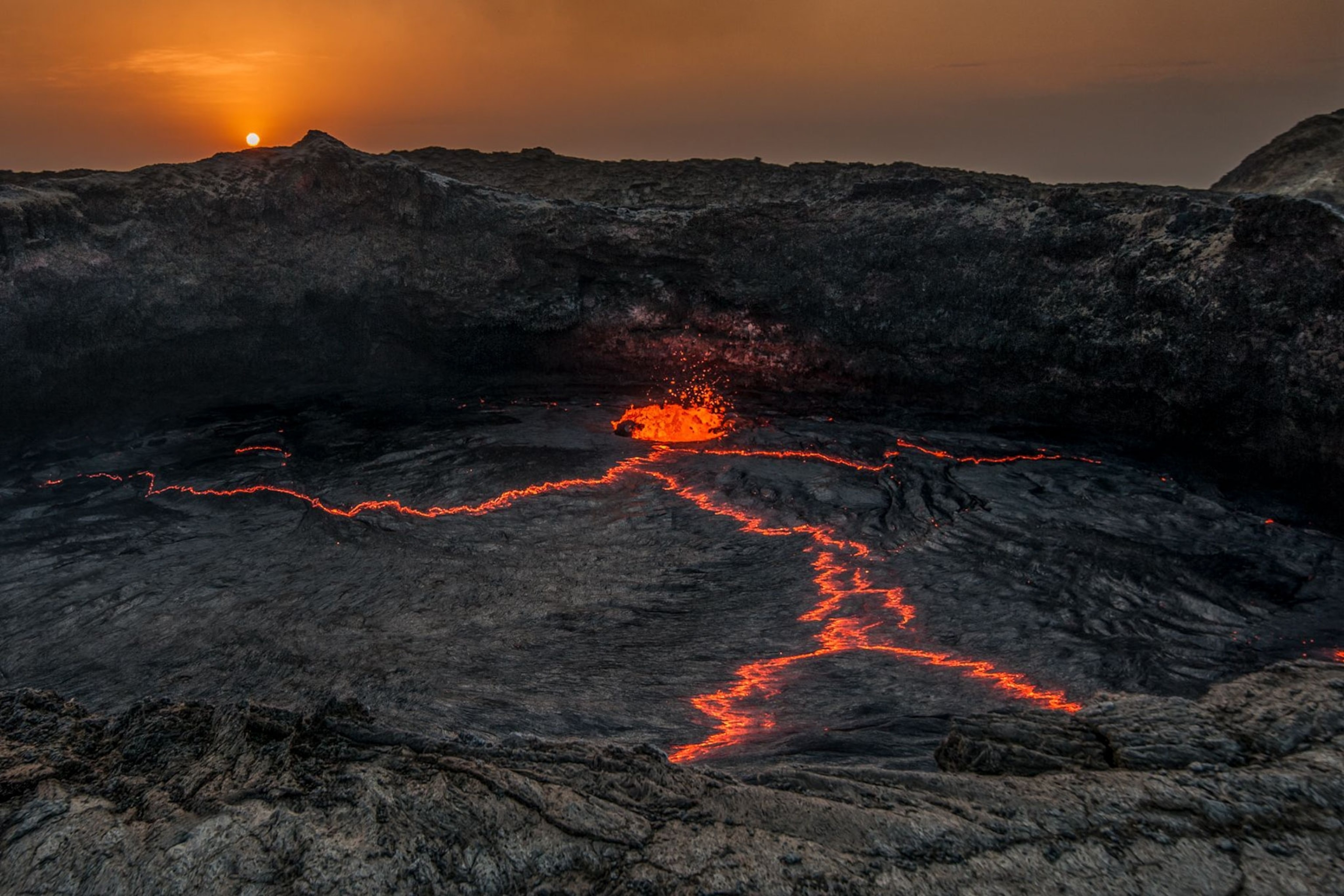










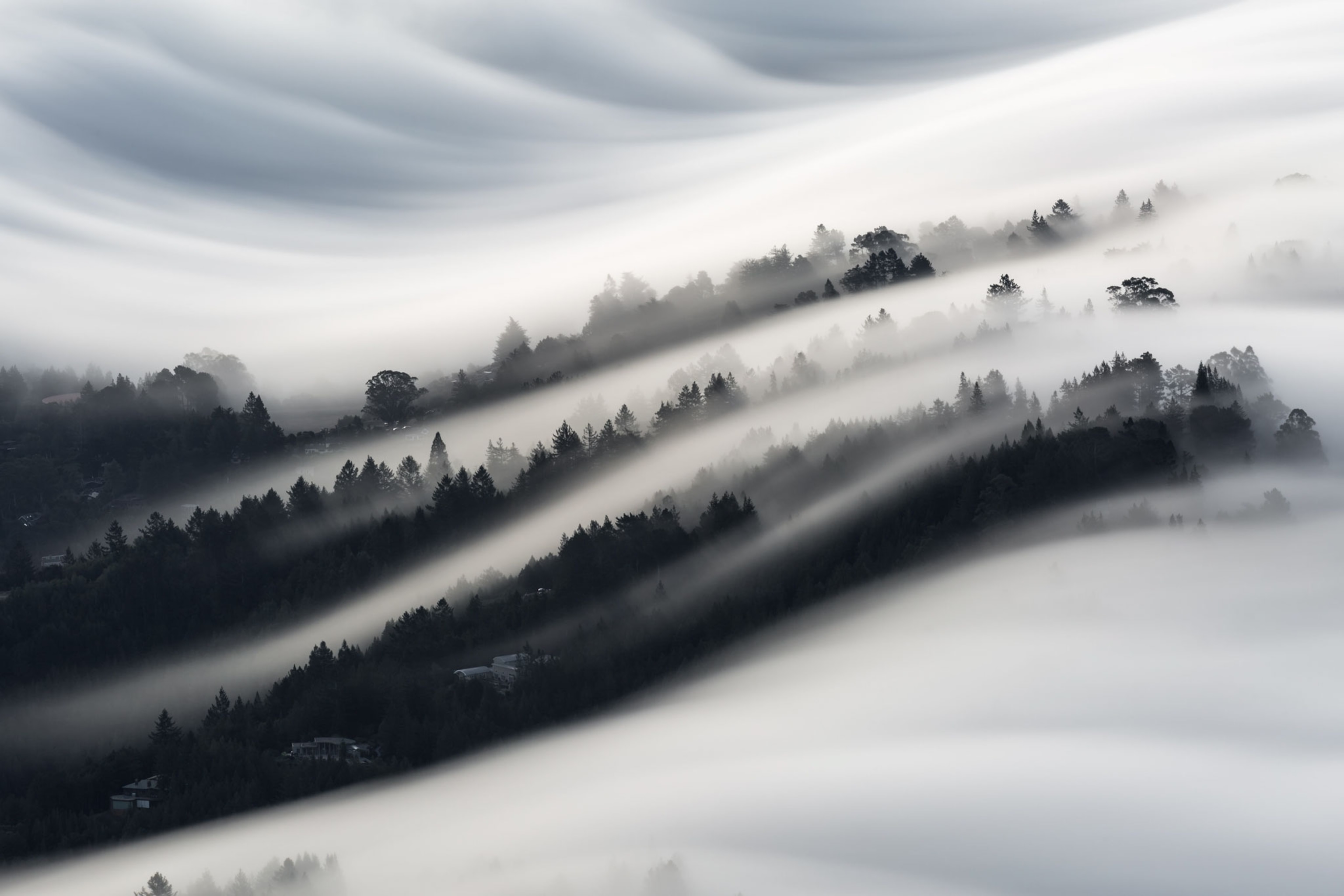










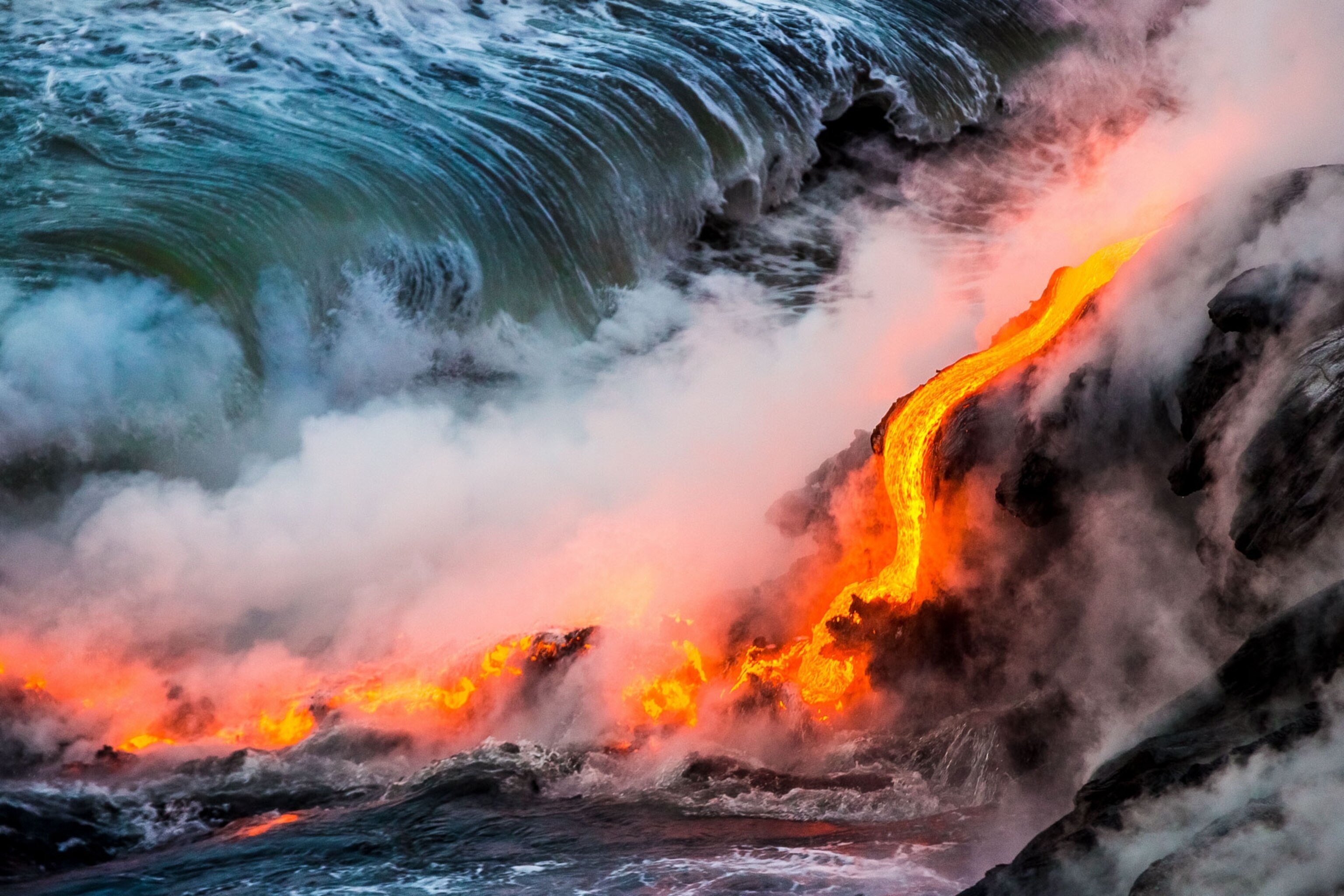








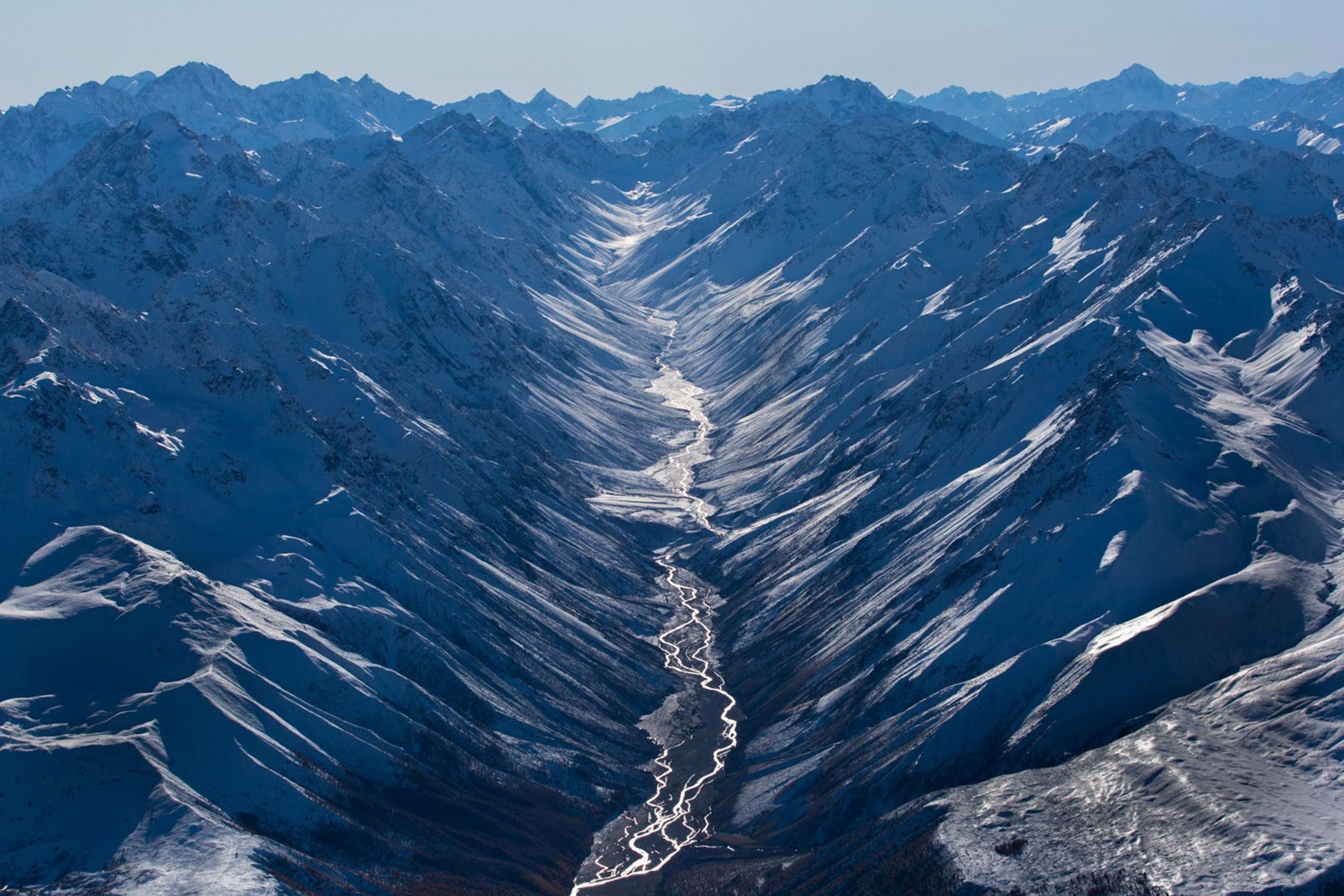

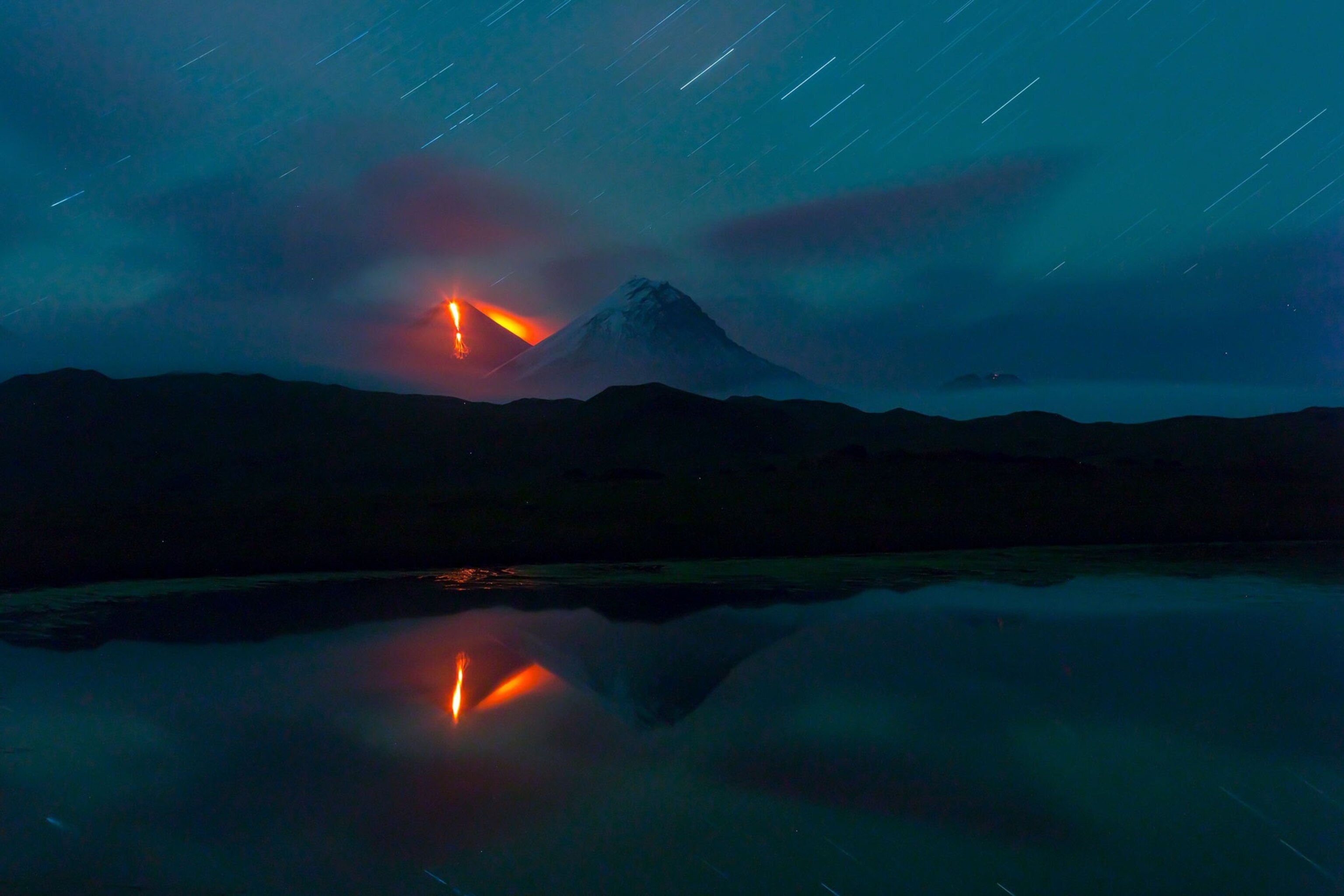





Related Topics
You May Also Like
Go Further
Animals
- Octopuses have a lot of secrets. Can you guess 8 of them?
- Animals
- Feature
Octopuses have a lot of secrets. Can you guess 8 of them? - This biologist and her rescue dog help protect bears in the AndesThis biologist and her rescue dog help protect bears in the Andes
- An octopus invited this writer into her tank—and her secret worldAn octopus invited this writer into her tank—and her secret world
- Peace-loving bonobos are more aggressive than we thoughtPeace-loving bonobos are more aggressive than we thought
Environment
- Listen to 30 years of climate change transformed into haunting musicListen to 30 years of climate change transformed into haunting music
- This ancient society tried to stop El Niño—with child sacrificeThis ancient society tried to stop El Niño—with child sacrifice
- U.S. plans to clean its drinking water. What does that mean?U.S. plans to clean its drinking water. What does that mean?
- Food systems: supporting the triangle of food security, Video Story
- Paid Content
Food systems: supporting the triangle of food security - Will we ever solve the mystery of the Mima mounds?Will we ever solve the mystery of the Mima mounds?
History & Culture
- Strange clues in a Maya temple reveal a fiery political dramaStrange clues in a Maya temple reveal a fiery political drama
- How technology is revealing secrets in these ancient scrollsHow technology is revealing secrets in these ancient scrolls
- Pilgrimages aren’t just spiritual anymore. They’re a workout.Pilgrimages aren’t just spiritual anymore. They’re a workout.
- This ancient society tried to stop El Niño—with child sacrificeThis ancient society tried to stop El Niño—with child sacrifice
- This ancient cure was just revived in a lab. Does it work?This ancient cure was just revived in a lab. Does it work?
Science
- The unexpected health benefits of Ozempic and MounjaroThe unexpected health benefits of Ozempic and Mounjaro
- Do you have an inner monologue? Here’s what it reveals about you.Do you have an inner monologue? Here’s what it reveals about you.
- Jupiter’s volcanic moon Io has been erupting for billions of yearsJupiter’s volcanic moon Io has been erupting for billions of years
- This 80-foot-long sea monster was the killer whale of its timeThis 80-foot-long sea monster was the killer whale of its time
Travel
- This town is the Alps' first European Capital of CultureThis town is the Alps' first European Capital of Culture
- This royal city lies in the shadow of Kuala LumpurThis royal city lies in the shadow of Kuala Lumpur
- This author tells the story of crypto-trading Mongolian nomadsThis author tells the story of crypto-trading Mongolian nomads




